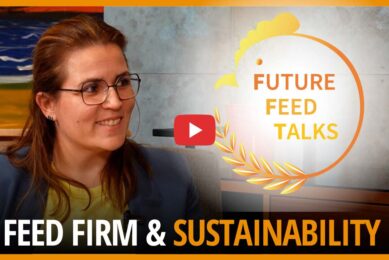EU revises environmental standards for poultry

The European Commission has released a revised set of environmental standards covering resources and emissions in a bid to lower the impact of some of the EU’s largest poultry farms.
The standards cover nutritional management, animal rearing and management of manure and will be applicable to holdings of more than 40,000 places for poultry. They will also cover intensive pig farms.
A first: EU level limits for ammonia emissions
The new specification set for the first time at EU level limits for ammonia emissions to air from animal housing and for excretions of nitrogen and phosphorus for six categories of poultry and pigs.
For example, it says total nitrogen and phosphorus excreted from laying hens should be between 0.4-0.8kg N/animal place/year and 0.10-0.45kg P2O5/animal place/year while the broiler rate should be 0.2-0.6kgN and 0.05-0.25P2O5.
Minimising dust, odour and noise
The document lists techniques for minimising issues such as dust, odour, noise and the generation of waste water, as well as standards for use of technology and the building and operation of installations.
The Commission says addressing the emissions will help member states implement the new National Emissions Ceilings (NEC) Directive, the Nitrates Directive and the Water Framework Directive.
Farming responsible for 94% of ammonia emissions
Intensive agriculture has been under constant pressure in recent years to reduce its ammonia levels and according to the European Environment Agency, farming is responsible for 94% of ammonia emissions. High ammonia levels can effect rivers and lakes, damage forests and reduce water and air quality.
Permitted farms have 4 years to comply
The NFU said the European Commission’s move meant it was now the responsibility for all member states to implement the legislation.
“In our case, this will be carried out by the Environment Agency in England and all permitted farms will have 4 years to comply with the changes.
“The EA is looking to start the review of all permits within 6 to 12 months,” the NFU added.
Join 31,000+ subscribers
Subscribe to our newsletter to stay updated about all the need-to-know content in the poultry sector, three times a week. Beheer
Beheer








 WP Admin
WP Admin  Bewerk bericht
Bewerk bericht